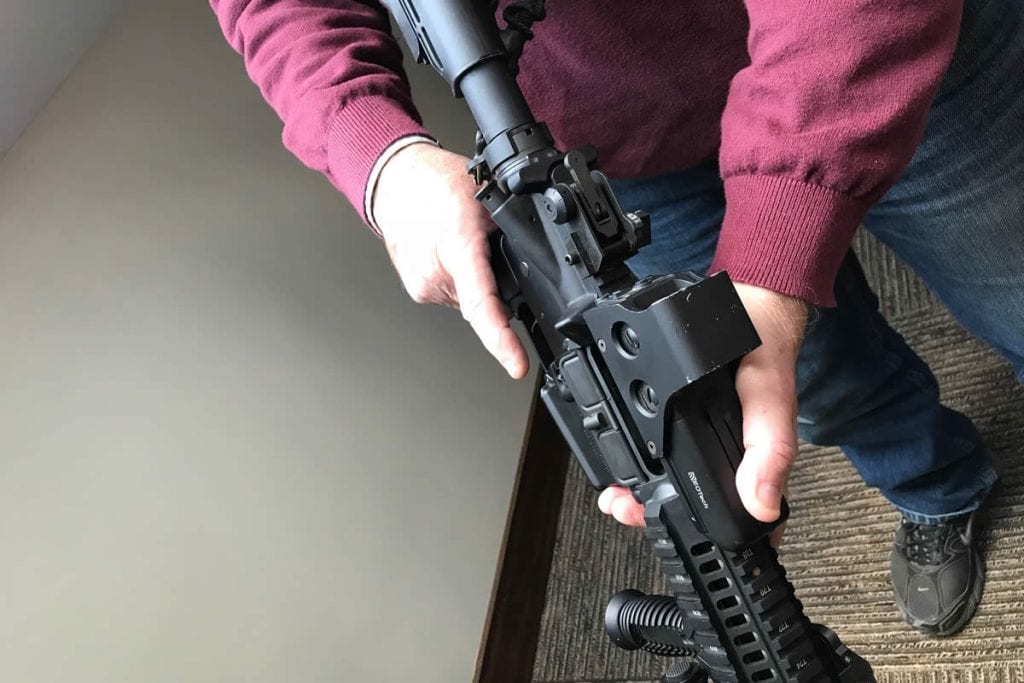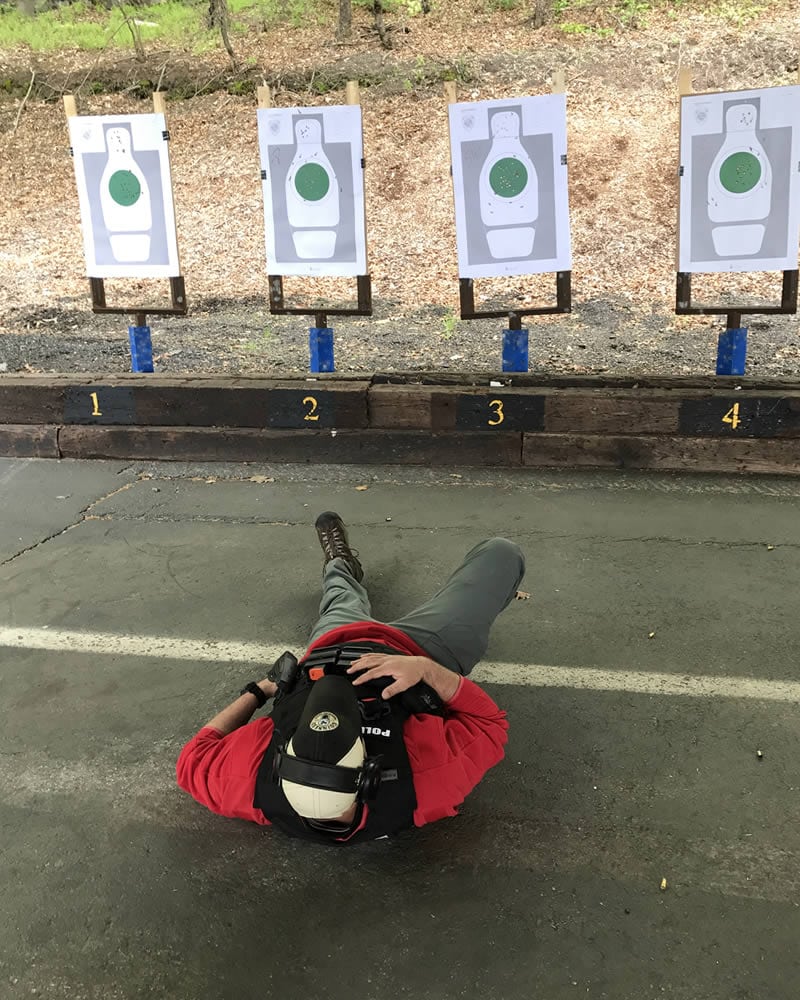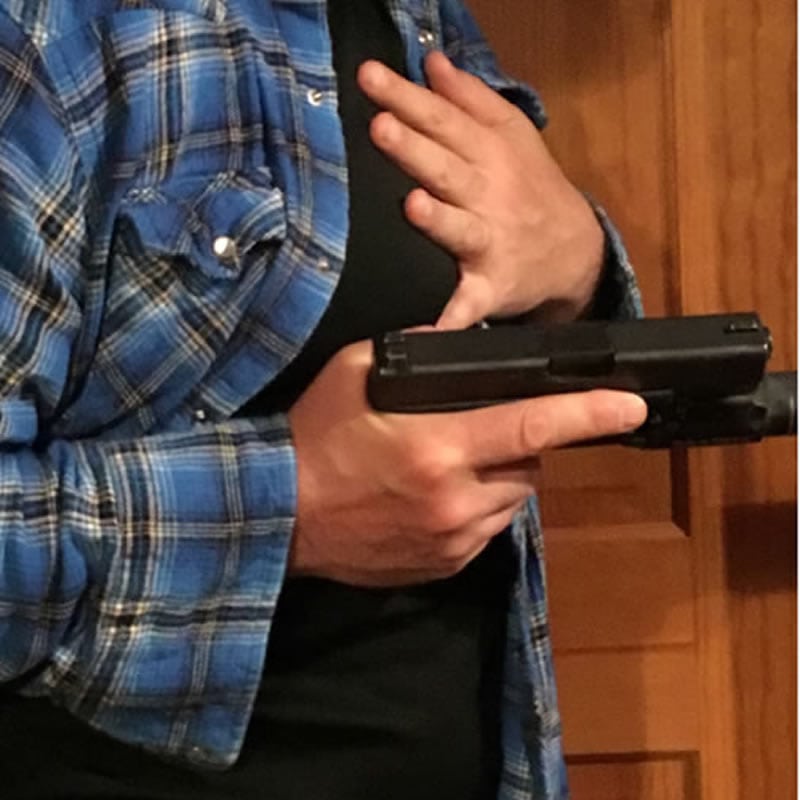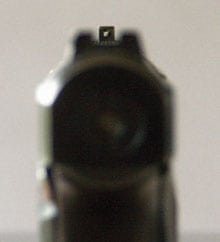Robert Cardente
Special to Outdoor Enthusiast Lifestyle MagazineWalking Before You Run… the Basics of Firearm Safety

For the past ten years, I’ve had the honor of teaching everything from basic shooting skills to civilians and police recruits to advanced shooting tactics to experienced law enforcement officers. As I type this article, our team has completed another patrol rifle school training for sworn law enforcement officers. In only a week’s time, those officers had to learn distance shooting, close quarters shooting, transition drills, shooting and moving, performing malfunctions drills, and so much more. In addition, they had to perform the skills wet, cold, fatigued, and under stress.
Defending Yourself While on the Ground

It’s not a good feeling being assaulted in the middle of the night, in a barely lit driveway, being struck by four assailants, and then hearing, “Get him to the ground!” Anyone who’s experienced a similar event will agree … the memories are burned into your brain for a lifetime. I can tell you firsthand how quickly situations go from uneasy to life-threatening, and the seconds seem like hours before help arrives. Law enforcement officers are put in these situations every day they put their uniforms on to serve and protect.
Moving, Shooting, and Cover… Your Best Friends in a Gunfight!

Not too many people can say they have had the experience of being in a gunfight – which is a good thing! If you haven’t, I can assure you that a few things will happen if someone is shooting at you… your body is going to get a dump of adrenaline and you are going to move. A moving target is much harder to hit than a stationary one, and the adrenaline dump will hopefully help you react a lot quicker than you are used to!
When Bad Goes to Worse!

Being the victim of a violent attack is rare for law-abiding citizens, but they do occur! I often use the analogy, “The chances of being struck by lightning are rare, but you don’t see too many people standing outside when it’s thundering and lightning.” Now imagine this, “What if you were struck by lightning not once, but two or three times?” That’s a bad day! Here’s my second question, “What if you were facing not just one bad guy who wants to hurt you, but two or three?” I would estimate the chances of that happening are more likely than being struck by lightning two or three times in a row!
After the Shots are Fired …

What do you do? If you are working on defensive handgun shooting skills designed to stop a threat, knowing what to do after the shots are fired is just as important as learning when and how to squeeze the trigger. As a firearms instructor and law enforcement trainer, I am constantly emphasizing the importance of training under realistic conditions. That concept should always be applied to every defensive shooting drill you are doing.
The Gun is Important, but Don’t Forget the Holster!

I have been teaching pistol permit qualification classes for many years, and I am always amazed by the number of students who take these classes but don’t own a holster. The second thing I have noticed is that some of the students who have purchased holsters do not train regularly with them.
If your goal is to carry a gun, (notice I didn’t say weapon) for lawful self-defense, then you should be training regularly with the holster you intend to use. Just as a carpenter goes to work with his tools in a tool box, your holster is an essential part of your equipment to carry your gun.










